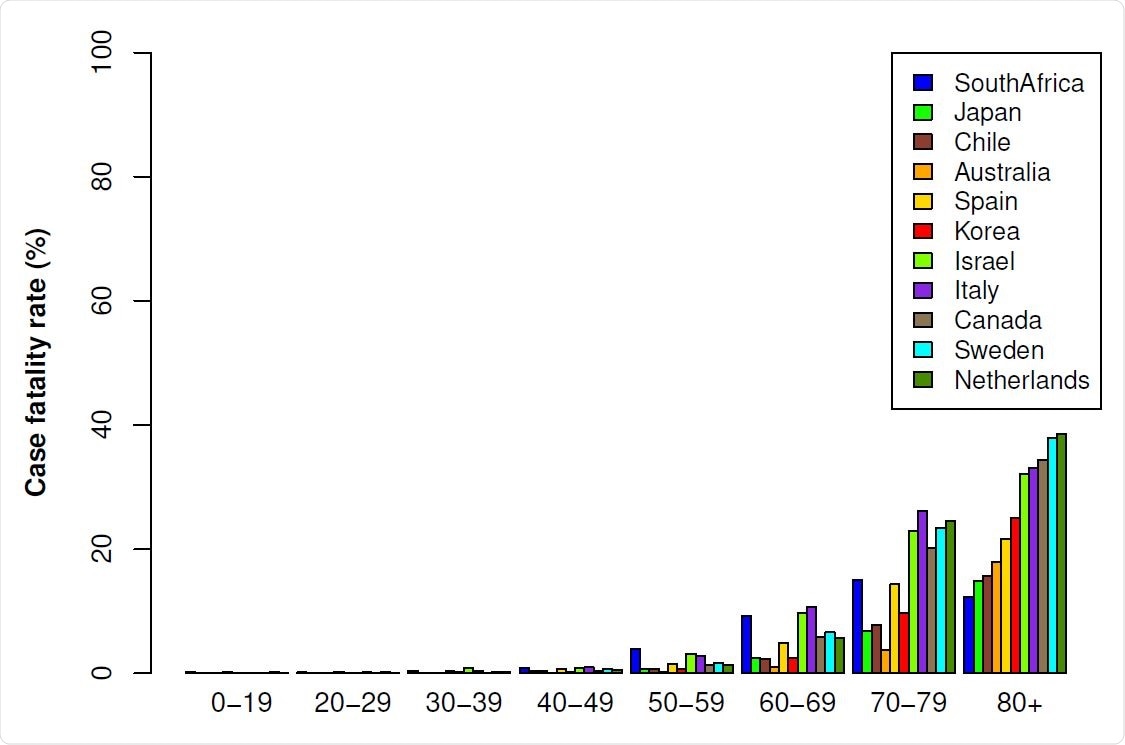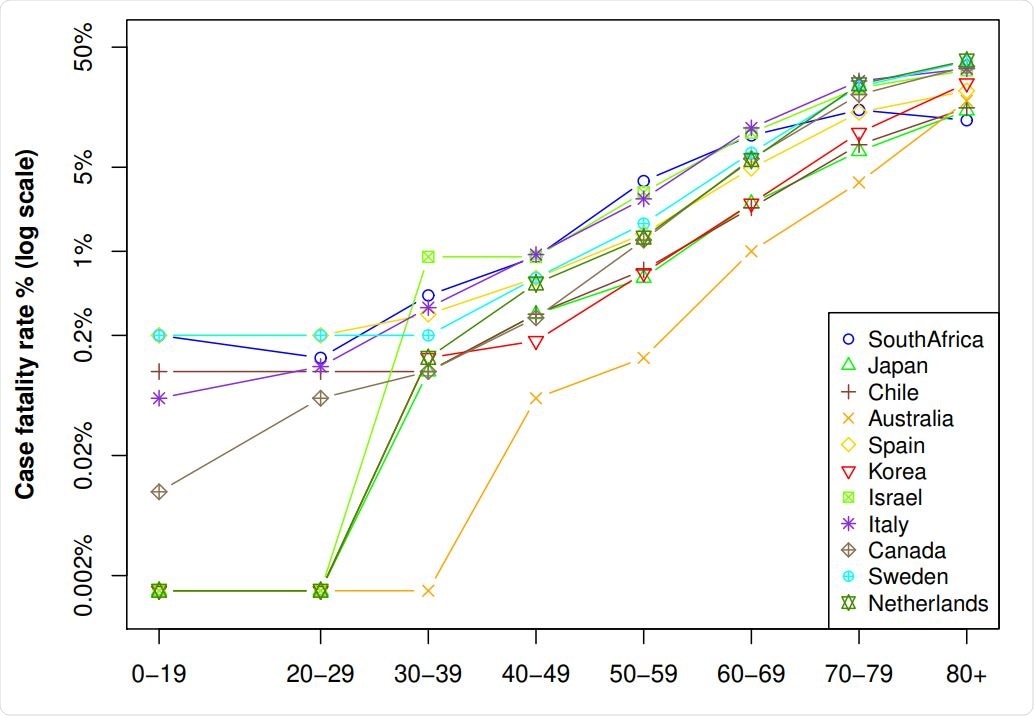The COVID-19 pandemic has claimed over 2.5 million lives globally as of today. The case fatality rate (CFR) is an important parameter in COVID-19 mortality research and is defined as the ratio of the number of infected cases to the death toll number.
CFR serves as a quantitative metric for the severity or lethality of COVID-19 infection. It can be a reference to compare with other infectious diseases such as Ebola or severe acute respiratory syndrome (SARS). A critical application of CFR is to determine the number of infected cases through the death tolls, as the death toll is commonly believed to be a relatively reliable quantity.
CFR is also useful as a proxy for risk assessment.
It is crucial to understand factors contributing to CFR in order to apply CFR properly. While it is clear that COVID-19 mortality is closely related to the patient’s pre-existing conditions or health status, it is not sufficient to understand CFR at the population level or at a national scale. COVID-19 mortality is often due to other diseases of an individual's lung or heart, which makes it challenging to distinguish CFR at a population level. The observed CFR can be different for different populations as the death toll may be affected by different ways of counting mortality in different places, the difficulty in determining the exact cause of death when comorbidities are present, and also because of missing counts in reported mortality.
Although CFR has been applied as a measure of infection severity, infection estimates, and risk assessment, there is a lack of understanding of various CFR aspects. A better understanding of CFR in terms of population parameters or covariates is essential to comprehend the difference in CFR across various countries.

CFR by age groups for selected countries (as of July 6, 2020).

 *Important notice: medRxiv publishes preliminary scientific reports that are not peer-reviewed and, therefore, should not be regarded as conclusive, guide clinical practice/health-related behavior, or treated as established information.
*Important notice: medRxiv publishes preliminary scientific reports that are not peer-reviewed and, therefore, should not be regarded as conclusive, guide clinical practice/health-related behavior, or treated as established information.
Analyzing CFRs at different time snapshots during the first and second waves of the pandemic in various countries
Researchers from the US recently analyzed CFRs at two different time snapshots - July 6, during the first wave, and Dec 28, during the second wave of the pandemic. Age and GDP were the population parameters of primary interest in this study since it has been established that there is a strong correlation between age, GDP, and mortality among COVID19 cases. These two critical covariates were used as a proxy for the quality and abundance of public health. Studies have shown that CFR for the elderly is high, while it is very low for younger people under 30 years. The study is published on the preprint server medRxiv*.

Log-scaled CFR by age groups for selected countries as of July 6, 2020.
The study found an exponential disparity in CFR by age groups across a number of countries, which were chosen primarily due to the data availability and were shown to distribute fairly evenly across the world. The researchers performed extensive exploratory data analysis, which led to some interesting findings. They showed that there is a clear exponential age effect among various age groups, and this exponential index is almost invariant across different countries and various times during the pandemic.
“A country that stands out is Singapore which has extremely low observed CFR, given its above-average median population age.”
Role reversal of the parameters during the first and second waves may be due to the time delay in healthcare quality and abundance
Analyzing the CFR for various countries using age and GDP as proxies for the quality and abundance of healthcare allowed the researchers to understand the roles of age and GDP in the discrepant CFRs across countries despite limitations in data accuracy. The findings showed that the roles played by the GDP and age were also slightly surprising. During the first wave, age was a more significant factor than GDP, while their significance reversed during the second wave of the pandemic. According to the authors, this may be partially explained using the time delay in public health quality and abundance.
“The exponential age effect is largely invariant across different age groups which is clearly exhibited on both data with nearly identical estimated exponent.”

 *Important notice: medRxiv publishes preliminary scientific reports that are not peer-reviewed and, therefore, should not be regarded as conclusive, guide clinical practice/health-related behavior, or treated as established information.
*Important notice: medRxiv publishes preliminary scientific reports that are not peer-reviewed and, therefore, should not be regarded as conclusive, guide clinical practice/health-related behavior, or treated as established information.